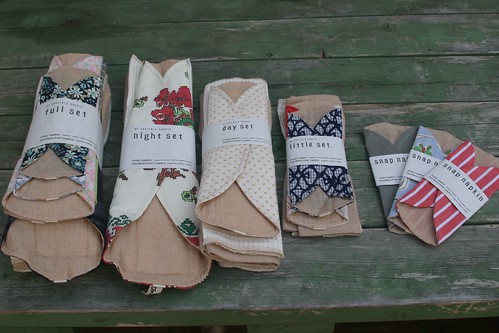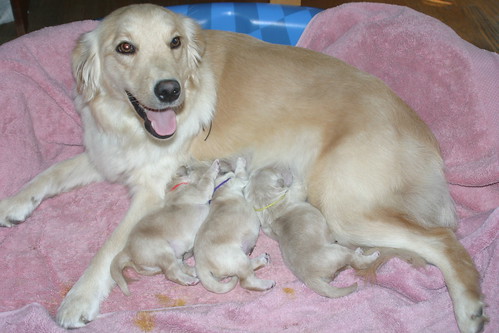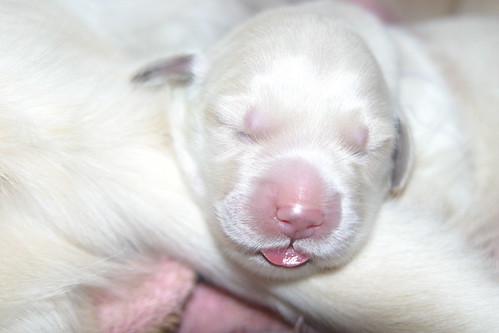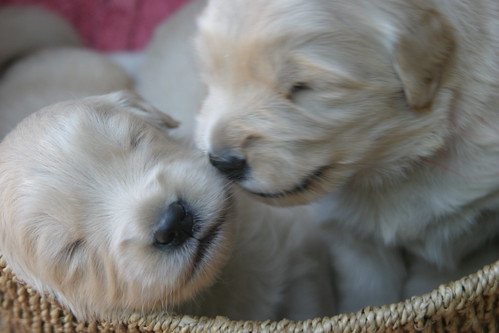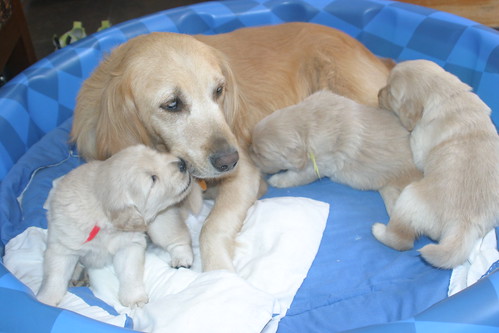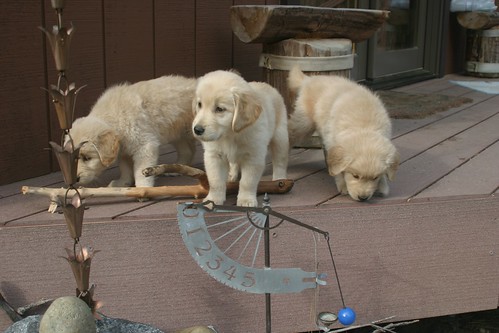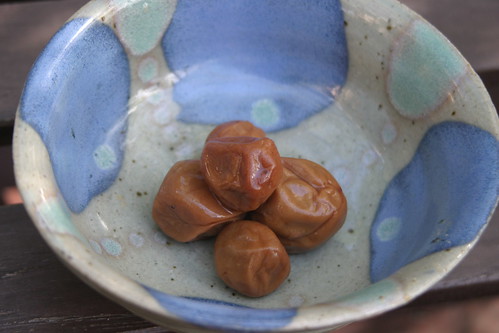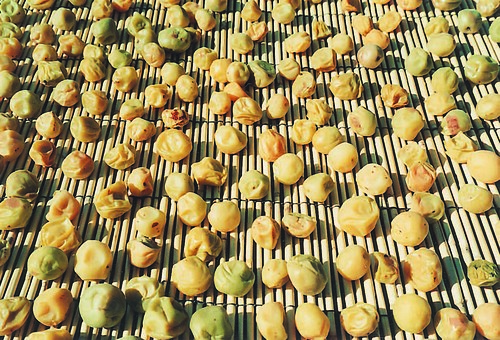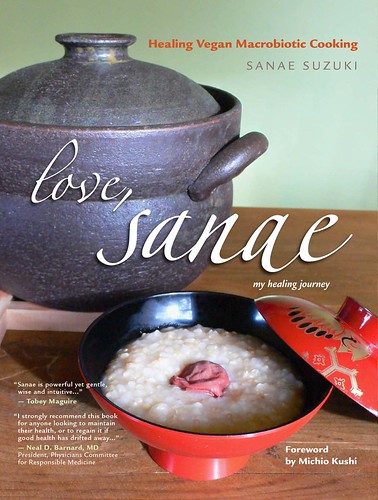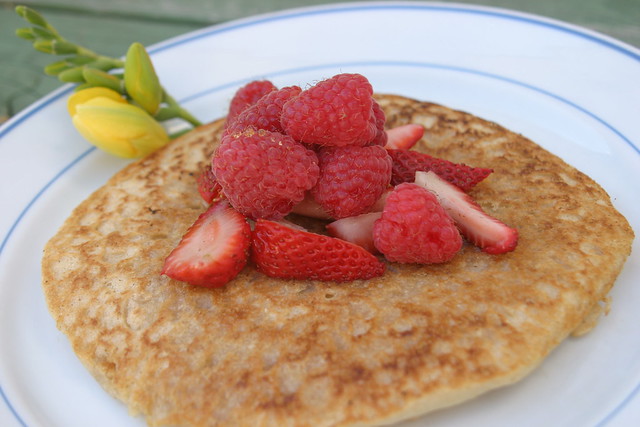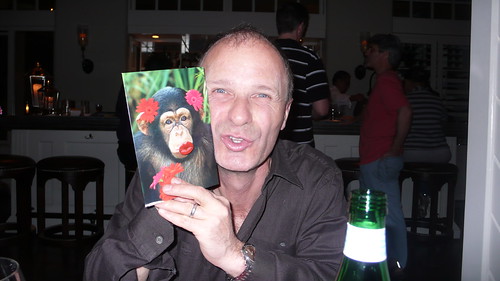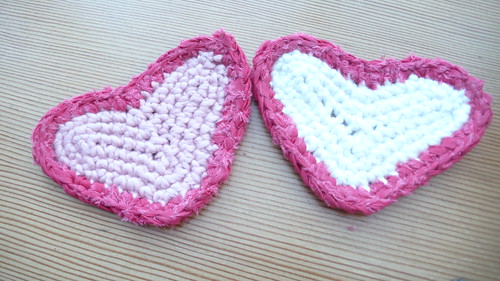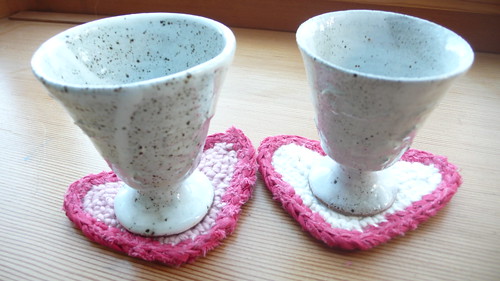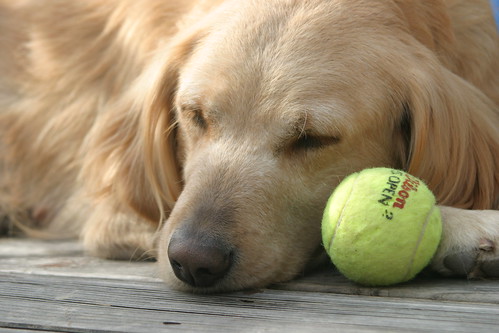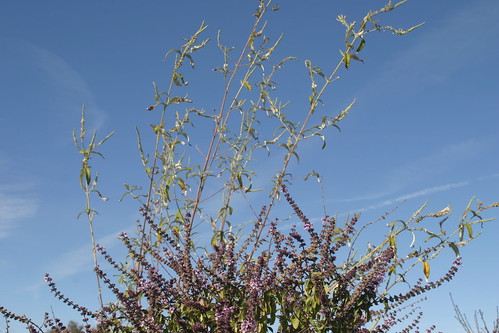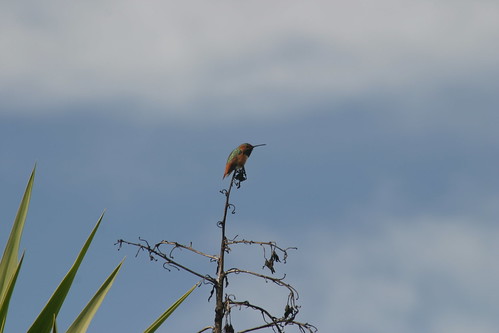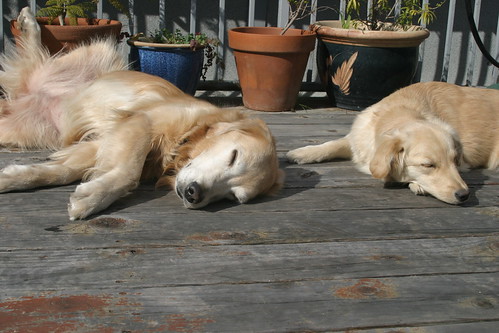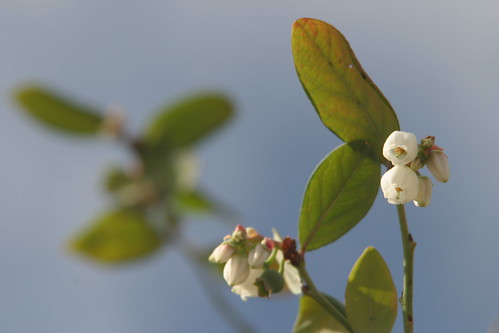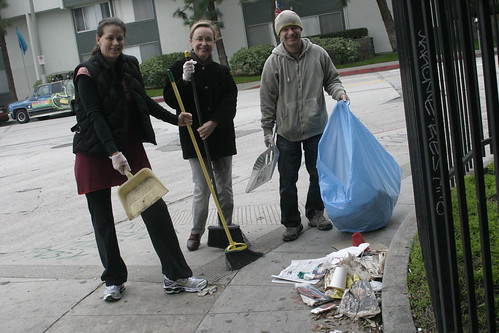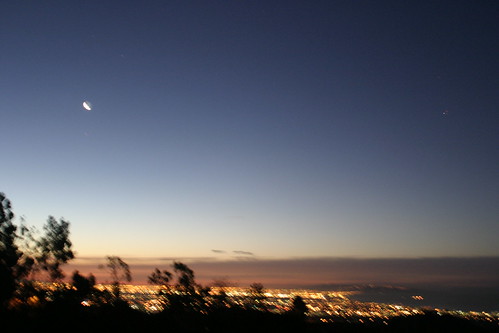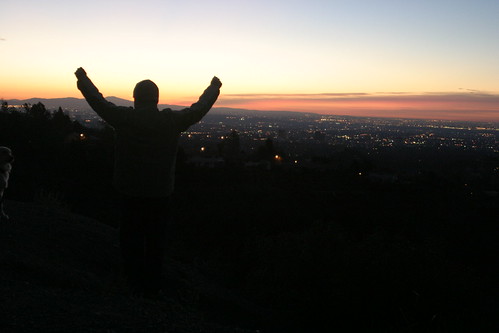
Since March 11th's Japan's Earthquake & Tsunami.
Eric and I have been thinking what we can do more than we sent donating money...
Our friend and teacher of macrobiotics and Feng Shui, William Spear has told us that he wants to do a Fundraiser for Healing Children in Japan
on May 7th, Sat. 5~7pm
Mandeville Canyon, Los Angeles.
After I had my near death experience from the car accident in 2001 I had suffer from PTSD. I felt this is something I want to do with Eric.
Our Seed is donating foods, desserts and drinks. Also gather 10 volunteers to help.
These are the info:
The venue address will be provided with your RSVP by May 5 to:
Fortunate Blessings Foundation
24 Village Green Drive
Litchfield, CT 06759, USA
Tel +1 (860) 567-8801
Fax +1(860) 567-3304
http://williamspear.com/http://williamspear.com/blog/ http://www.fortunateblessings.org/If you are not able to attend this event, please share this with others and consider making a donation by check in the mail or through PayPal on the left sidebar of foundation’s website.
Below is from William's Blog:
Compassionate response from the global community has brought much attention to the needs of children affected by the tsunami and its aftermath. This basic manual is intended to provide support to caregivers who wish to address the specific needs of children during the six-month period following the event.
Much more can be said, and certainly much more has been written about trauma and children than is mentioned in this guide. Many resources are available to families and professionals, but few take into consideration the underlying cultural needs of this gentle nation.
After a great deal of time in discussion with community leaders, local teachers, parents and caregivers as well as considering the many different spiritual traditions of this ancient culture, this guide has been assembled as a prelude to an ongoing effort to support Japan in the months and years ahead.
With the deepest respect, I hope this guide will be of value to every child and caregiver now and in future generations.
OVERVIEW
Trauma is a wound to the energy of the body, either in physical or psychological terms. It is used to define an event which has cause harm or injury to the psyche, as in a “traumatic” event, disaster, disease or accident.
Most traumatic events are totally uncontrollable; their results shatter people’s personal sense of safety and security. Present in every episode that might be labeled traumatic is:
* Extreme fear and helplessness
* The possibility or threat of serious harm or death
Basic human nature makes it possible for most people to recover from a traumatic event with little or no counseling or support. Every individual knows instinctually how to protect his or her life and acts accordingly; moreover, the sensing and feeling nature inside each child has a remarkable capacity to reorient life after tragic events if given loving support.
A very small percentage of children will need more intensive interventions as a result of many factors, i.e. the nature of personal loss, the history of family and social interaction, the degree of personal bodily harm, etc. These special cases, too, can most often be returned to a happy childhood over time.
Normal coping mechanisms are available to children as well as to adults. While there is a reasonable concern for each child’s well being, most of them will recover from this event and go on to lead happy, productive lives.
EXTREME CASES
The most common diagnosis of those who suffer ongoing problems of trauma is known as Post Traumatic Stress Disorder, or PTSD. This diagnosis is often misapplied to those experiencing normal coping symptoms and as a result exaggerated expectations will frequently exceed actual psychosocial need.
Three symptoms are present in a diagnosis of PTSD:
* Reliving the experience of the event through haunting pictures, memories, flashbacks, nightmares or a sense that the event is not over; reliving the stress caused by the event when placed near or in settings where the event took place, i.e. the village near the ocean or places near the nuclear reactors.
* Avoiding behaviors in an attempt not to be reminded or exposed to the associated stress. These include disinterest in things that are normally fun, introversion or shyness beyond normal cultural mannerism, no interest in planning the future, feelings of abandonment or isolation.
* Physical Hyper-arousal leading to loss of sleep, outbursts, startling, hyper-vigilance or “jumpy” over alertness.
Often, these three symptoms are also accompanied by:
* obsessive behaviors that recreate the context of the trauma,
* dissociation and feelings of “disconnect” from others
* a burden of guilt for surviving the event itself.
The second group of three symptoms may or may not be present in a diagnosed PTSD whereas the former three are thought to be necessary to confirm a diagnosis.
HELPING ALL CHILDREN
Five key points to keep in mind when working with children:
1. Reaffirm safety, protection and your own concern for the child’s overall well being.
2. Monitor your own real emotions and feelings as they relate to the event, and take care of yourself so you can take care of others who need you.
3. Return to and maintain a steady routine of activities upon which a child can come to depend.
4. Watch for small problems that might develop which an early intervention (a gentle, caring chat or hug) can resolve; validate children’s emotions rather than shutting them down.
5. Allow more time that usual for simple activities, keeping in mind a slowed pace is easier to facilitate recovery.
RESILIENCE
Hope and meaning are the two essential components of resilience, the quality needed to recover our original ability. No one can speak the absolute truth and give meaning to these events, but surely all of us share a sincere and genuine hope for the future of this nation and its most precious asset, the children.
Add to that a profound faith, abundant humor, remarkable sensitivity, perseverance in the presence of hardship, amazing adaptability and enormous caring and support from others, Sri Lanka will undoubtedly recover its exquisite beauty and charm, and its people and children will soon return to life in this special island nation.
AGE SPECIFIC GUIDELINES
Infants and toddlers (up to 5 years old) may react with crying and clinging behavior, aware of the distress in their caregivers. Episodes of bedwetting, rocking, regressive thumb sucking, or new fears are normal.
* Continual reassurances, physical contact and nurturing love are usually all that is needed for children of this age group in order to overcome the symptoms of trauma.
Middle childhood (up to 12 years old) often act out more symptoms, exhibiting aggressive behaviors or anger, avoidances and some challenge in returning to everyday routines such as school.
* Slowing down the processes and taking more frequent fun breaks than would otherwise be scheduled helps children of this age to work through their stresses. Physical movement like playing sports, martial arts or simple running games are excellent releases of stagnant energies.
Adolescent’s responses vary greatly and can more quickly accelerate into serious avoidant behaviors like substance abuse. Some extreme risk taking can also be observed as children of this age group may harbor deep feelings of abandonment and thus carry a distorted value of life.
* Soliciting help from these children to create their futures is a perfect response to this groups needs. Building projects which directly contribute to their future, creating new curtains, painting, carpentry skills and other things which allow them to be an accepted part of the adult community dramatically reduces symptoms.
REALITY CHECK
For all children, it is important to keep in mind that their world is now completely different than before. Their sense of personal safety, both physical and emotional, has been forever altered.
* Each caregiver must convey a new growing safety in his or her mannerisms, behaviors, language and unconditional presence.
Children are also dealing with feelings of abandonment. Having lost one or both parents, many friends and siblings together with their neighborhoods, possessions and communities having been swept away causes enormous stress.
* Keep your word and rebuild trust. If you say, “I’ll be back tomorrow,” you must come back. If you say, “I’ll call you next week,” call. Children need to reconstruct their world through trusting caregivers’ actions. Make no promises you cannot keep.
Religious beliefs have been forever challenged. Whether discussions of the laws of karma or the will of God are offered as an explanation, children have great difficulty placing their experiences into a reliable context.
* Help children to regain meaning in life by talking openly about what has happened – not “why” it happened. Trust that they can develop their own sense of why at an appropriate time later in their lives. Give them hope, and talk about the future.
HELPING CHILDREN DEAL WITH LOSS
Certain very simple skills are needed to help children deal with loss:
1. Patience. Don’t rush expressions of mourning or grief. Children may vacillate between outbursts of crying and ecstatic laughter. This is a normal coping mechanism and caregivers need to follow the lead of the child.
2. Listen. Let children know you care by engaging them in simple conversations, and then be prepared to truly listen. Sharing your own feelings briefly might “open up a dialogue with a child.
3. Remember. Support children in recalling their deceased parents or siblings. Talk about what they loved, what they miss, and what they might not miss!! It is unnecessary to react in any other way than your presence.
4. Remove all blame. Some children take responsibility for the death of a parent or sibling, thinking they could have acted in a different way to warn or protect, or done something more to help. This guilt requires your sensitivity. Do everything you can to reassure the child that he or she did the best they could.
5. Play. Remember, we are helping children, and children love to play games. Too much talking does little to help them deal with loss. Dance, play games, draw, sing – anything to express feelings or process energy in the body helps in a non verbal way as well as any talking.
6. Include. Many children can benefit from hearing other children express their feelings. Work in small groups of 3, 4 or 5 children that create safe spaces to open up. Sometimes, the silent child will gain a great deal through this mechanism.
SET A GOOD EXAMPLE
It is easy for caregivers to forget their own needs, but essential for them to take care of themselves. The degree to which you can truly be of value helping children is directly proportional to your own mental health.
* Take time out when necessary. Don’t push. Relax, and trust the process of life to slow repair the damage of trauma.
* Talk with your own family and friends to process your own feelings. You are having a real experience yourself; don’t disconnect from your emotions.
* Find safe spaces to release and process your emotions.
* Eat well and try to maintain your health.
* Exercise and keep moving; don’t be too sedentary.
* Do something to relax and “escape”; read a book, listen to music, meditate, etc. to recompose your energy.
* Let go of judgments and resentments. Ultimately, everyone is doing the best they can. Appreciate each individual and his or her own offer of support.
* Trust the process. Life goes on – every day can improve.
* Breathe. Breathe again. Keep mindful of your breath.





